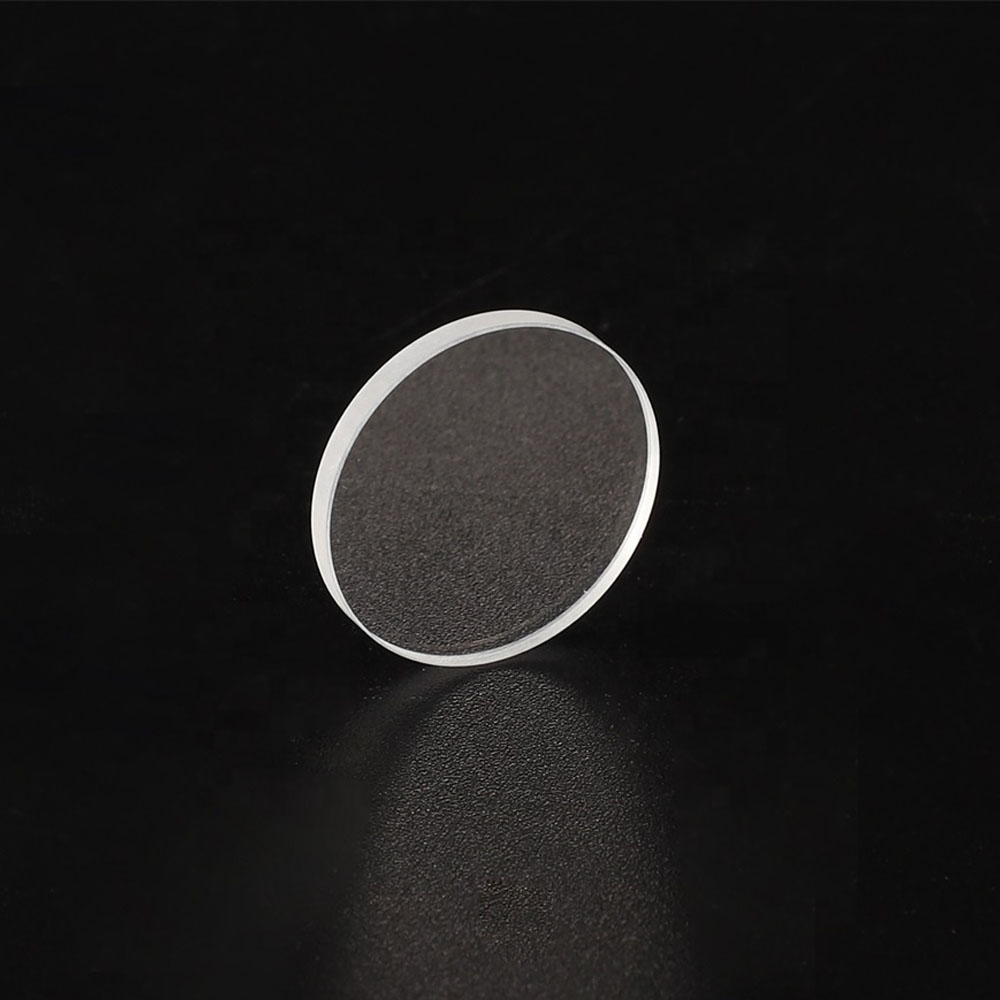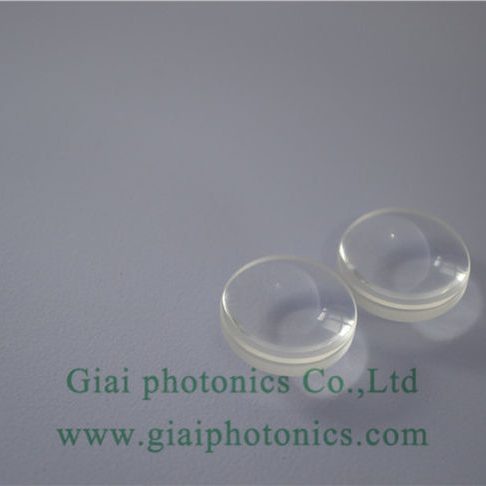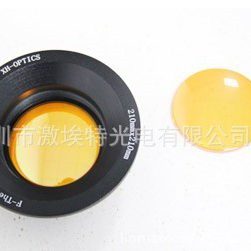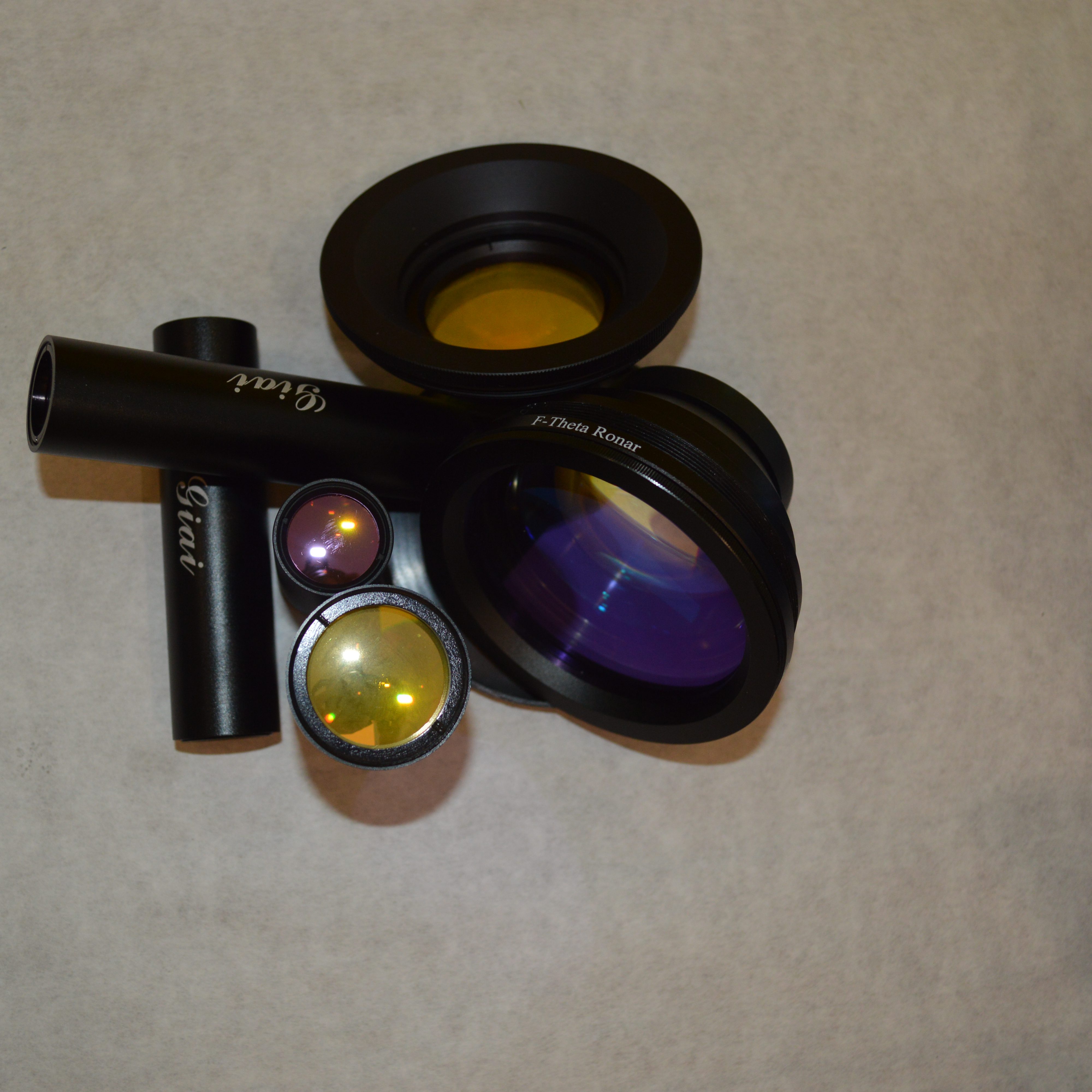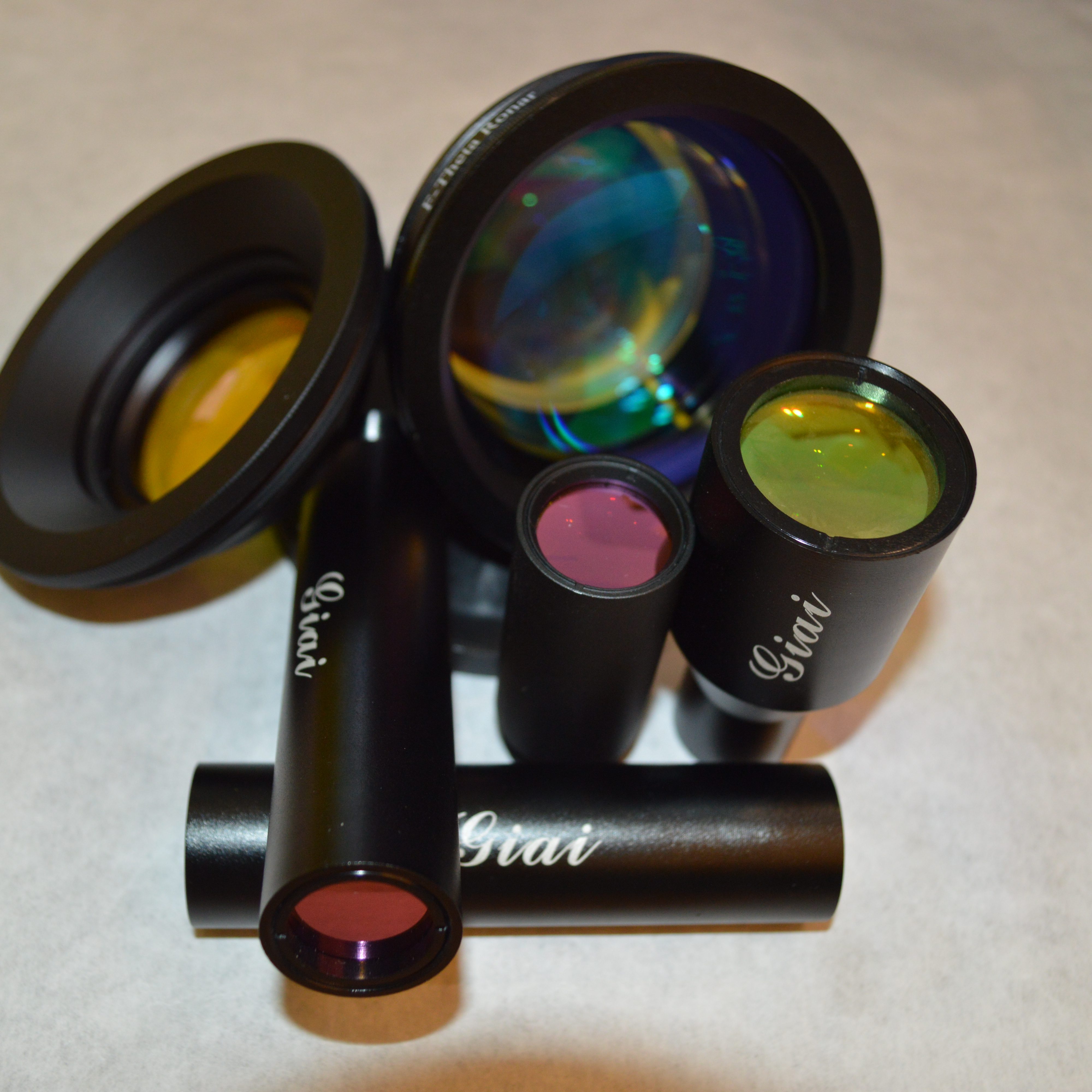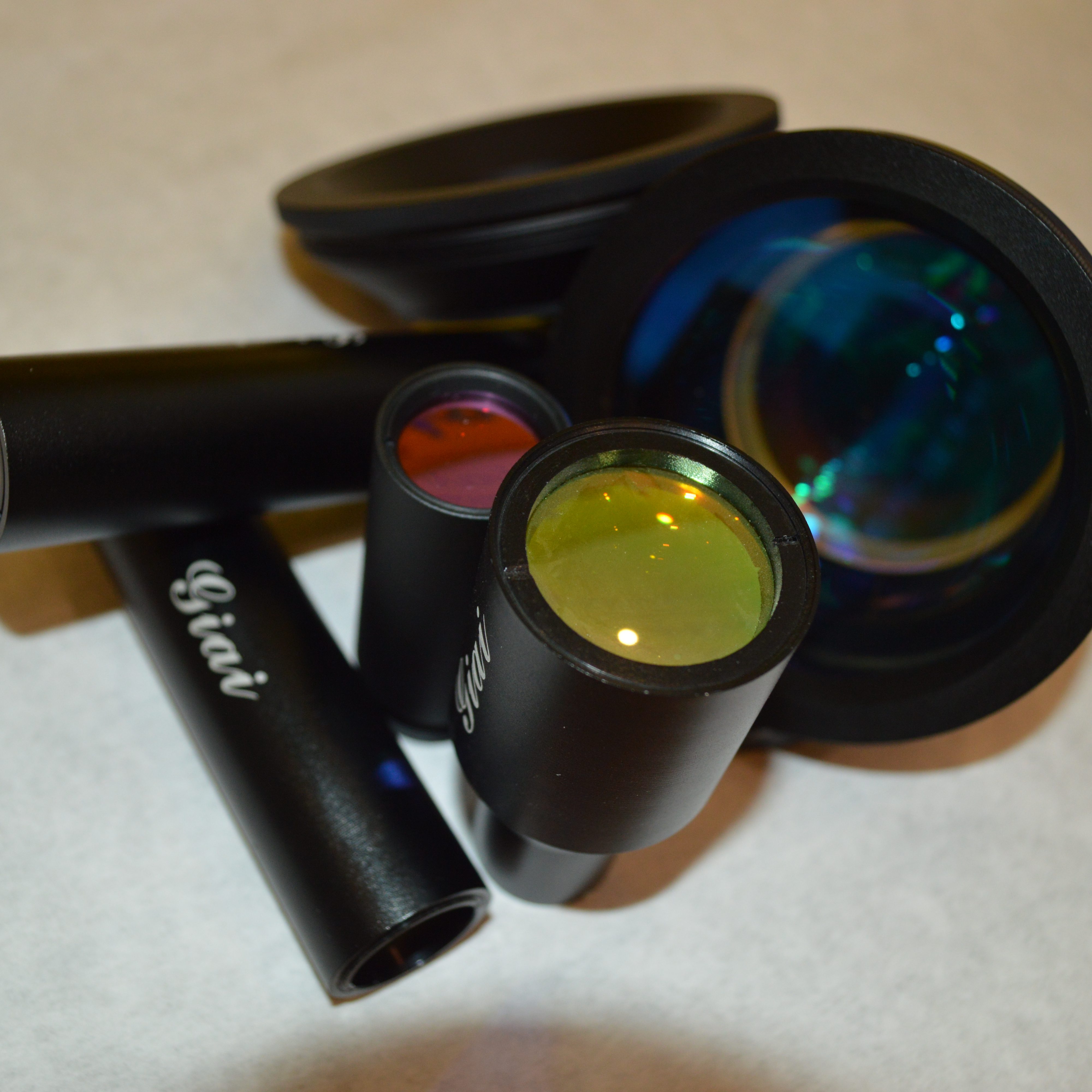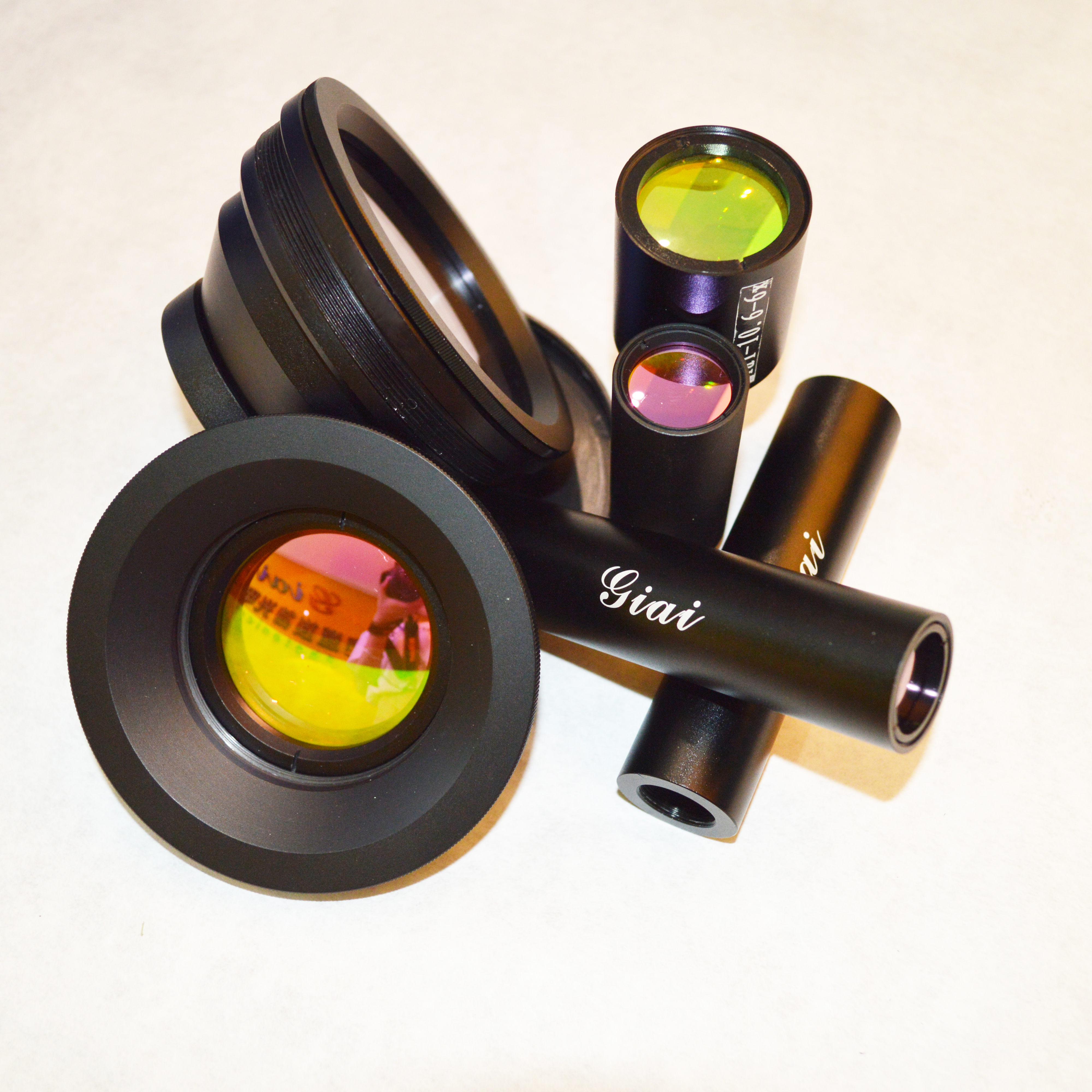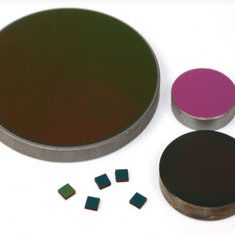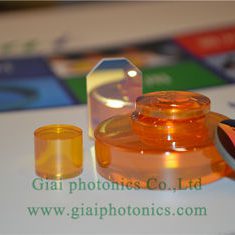
Zinc Selenide has low absorption at infrared wavelengths and is transparent in the visible, making it the material of choice for infrared lenses, windows, output couplers, and beam expanders. In high power applications, tight control of the material’s absorption and internal defects is critical. This requires not only optical polishing techniques that cause minimal damage to the optic, but also the use of the highest quality optical thin film coatings. The material’s absorptivity is verified by CO2 laser vacuum calorimetry. Our Quality Assurance Department will provide testing upon request and certify specific optics. Zinc Selenide optics are typically polished in diameters between 5 and 300 mm. We can manufacture optics up to 300 mm in diameter and less than 25 mm thick upon request. Zinc Selenide is non-hygroscopic and chemically stable (unless treated with strong acids). You can safely use this material in most industrial, field, and laboratory environments.
Model: ZnSe Lens
Specifications: Customized
Material: ZnSe
Zinc selenide lenses are widely used in the CO2 laser processing industry, including laser cutting, engraving, marking, drilling and other laser systems. GIAI’s zinc selenide focusing lenses are available in domestic and imported products. The lenses produced can withstand high power density, and the surface film is firm, not easy to fall off, and resistant to wipe. After zinc selenide is double-sidedly plated with anti-reflection film, the transmittance in the commonly used working band of 10.6 μm in the CO2 laser industry can reach 99%.
Our products are optimized from the perspectives of diffraction and aberration, and a series of products are launched to minimize the actual focused spot diameter under the same focal length conditions. Individual design and processing can be carried out according to the user’s different requirements for focal length, back focal length, lens aperture, and incident light diameter.
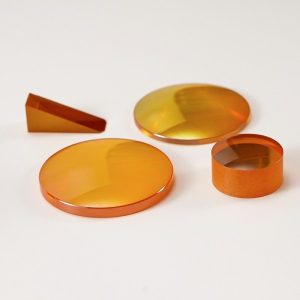
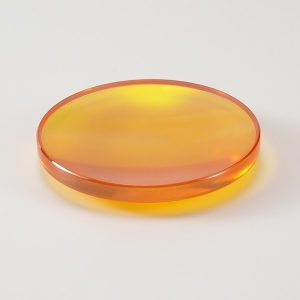
Product specifications
Material: ZnSe (zinc selenide)
Design wavelength: 10.6um
Focal length tolerance: ±1%
Appearance tolerance: +0.0/-0.1mm
Thickness tolerance: ±0.1mm
Surface type: λ/2@632.8nm
Smoothness: 40-20
Eccentricity: <3′ Effective aperture: >90%
Chamfer: <0.2-45°
Coating: 10.6um anti-reflection, 8-14um broadband anti-reflection
Product Parameters
| Standard focal length products | |||||
| model | diameter(mm) | focal length(mm) | wavelength(um) | Edge thickness(mm) | Face type |
| GIAI-M-D12 | 12 | 25.4/38.1/41/50.8/63.5/101.6/127 | 10.6 | 2 | Crescent Moon |
| GIAI-M-D18 | 18 | 25.4/38.1/41/50.8/63.5/101.6/127 | 10.6 | 2 | Crescent Moon |
| GIAI-M-D19 | 19 | 25.4/38.1/41/50.8/63.5/101.6/127 | 10.6 | 2 | Crescent Moon |
| GIAI-M-D20 | 20 | 25.4/38.1/41/50.8/63.5/101.6/127 | 10.6 | 2 | Crescent Moon |
| GIAI-M-D25 | 25 | 25.4/38.1/41/50.8/63.5/101.6/127 | 10.6 | 2.5 | Crescent Moon |
| GIAI-M-D25.4 | 25.4 | 25.4/38.1/41/50.8/63.5/101.6/127 | 10.6 | 3 | Crescent Moon |
| GIAI-M-D30 | 30 | 25.4/38.1/41/50.8/63.5/101.6/127 | 10.6 | 3.5 | Crescent Moon |
| GIAI-M-D38.1 | 38.1 | 25.4/38.1/41/50.8/63.5/101.6/127 | 10.6 | 5 | Crescent Moon |
| GIAI-P-D12 | 12 | 25.4/38.1/41/50.8/63.5/101.6/127 | 10.6 | 2 | Flat convex |
| GIAI-P-D18 | 18 | 25.4/38.1/41/50.8/63.5/101.6/127 | 10.6 | 2 | Flat convex |
| GIAI-P-D19 | 19 | 25.4/38.1/41/50.8/63.5/101.6/127 | 10.6 | 2 | Flat convex |
| GIAI-P-D20 | 20 | 25.4/38.1/41/50.8/63.5/101.6/127 | 10.6 | 2 | Flat convex |
| GIAI-P-D25 | 25 | 25.4/38.1/41/50.8/63.5/101.6/127 | 10.6 | 2.5 | Flat convex |
| GIAI-P-D25.4 | 25.4 | 25.4/38.1/41/50.8/63.5/101.6/127 | 10.6 | 3 | Flat convex |
| GIAI-P-D30 | 30 | 25.4/38.1/41/50.8/63.5/101.6/127 | 10.6 | 3.5 | Flat convex |
| GIAI-P-D38.1 | 38.1 | 25.4/38.1/41/50.8/63.5/101.6/127 | 10.6 | 5 | Flat convex |
A lens is an optical element used to focus or disperse light. It is a widely used optical element used in imaging systems. A lens is a refracting mirror whose refractive surface is a transparent body consisting of two spherical surfaces (part of a spherical surface) or a spherical surface (part of a spherical surface) and a plane.
The images it forms are both real and virtual. Lenses can generally be divided into two categories: convex lenses and concave lenses. Convex lenses: thick in the middle and thin at the edges, with three types: biconvex, plano-convex, and concave-convex; Concave lenses: thin in the middle and thick at the edges, with three types: biconcave, plano-concave, and convex-concave.


